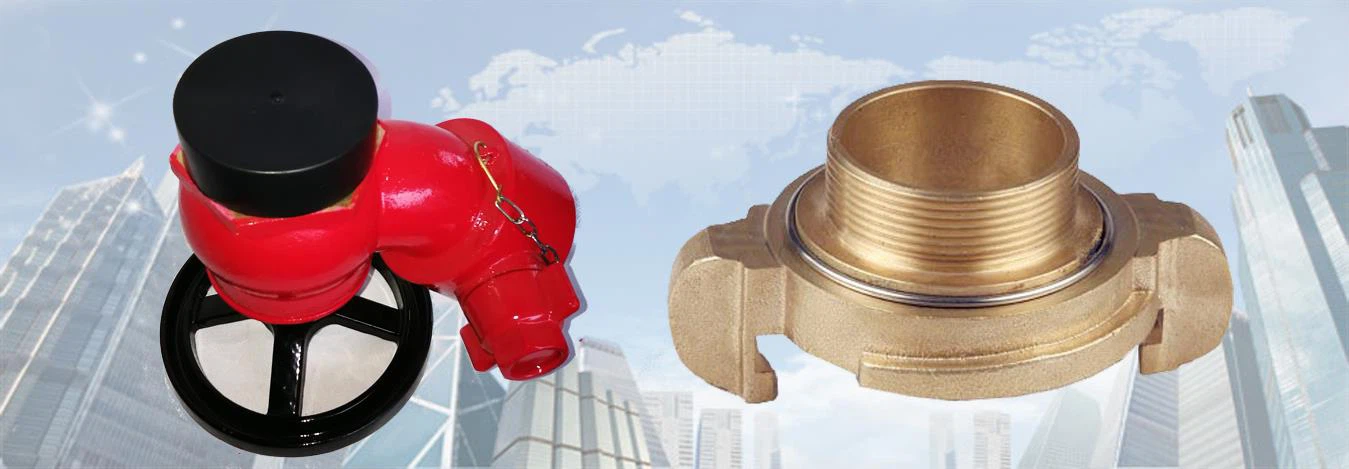Fire hydrant valves are a vital component of fire protection systems, providing an essential tool to help combat fires. They are typically located on the side of the street and consist of a valve, a riser, and a hose connection. Hydrant valves are designed with the purpose of providing firefighters with a reliable and accessible water source to ensure the quick extinguishment of flames.
Fire hydrants have been around for centuries. In their earliest form, they consisted of wooden or iron barrel-shaped containers filled with water. However, as cities grew and became more populated, the need for a more effective and efficient fire hydrant system became essential. Today, fire hydrants are constructed of sturdy materials, like cast iron and brass, and are designed to withstand high pressure and adverse weather conditions.
The valve of a fire hydrant is often the most critical component. It is the mechanism that controls the flow and release of water from the hydrant. When the valve is turned on, water rushes through the opening, and the pressure is released when the valve is turned off. This mechanism allows firefighters to control the water flow quickly and efficiently.
The riser, or upright pipe, is a vertical pipe that connects the valve to an underground water supply. The riser is typically made of cast iron, and the pipe's diameter is determined by the amount of water pressure in the system. This pipe provides an essential connection between the valve and the water supply that delivers the water to the fire.
Lastly, the hose connection is a threaded metal connector located at the top of the hydrant. It is used to connect the fire hose to the water source and deliver water to the fire. The connection is typically large enough to accommodate fire hoses of varying sizes and pressures to ensure that water flow is adequate to combat the flames.
In conclusion, fire hydrant valves are essential components of any fire protection system. They provide a critical water source that is accessible to firefighters in case of an emergency. Valves are designed to be reliable, durable, and easy to use. As such, they are vital in helping to minimize property damage and save lives. With the proper maintenance and upkeep, fire hydrant valves can continue to serve communities for many years to come.

